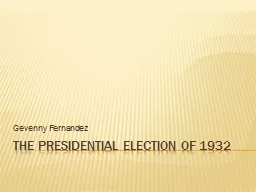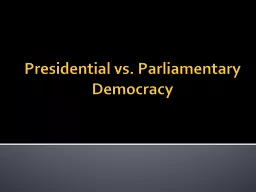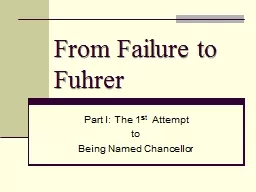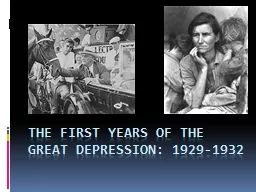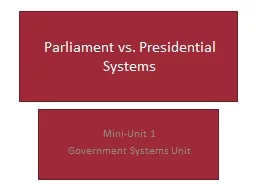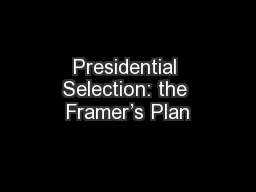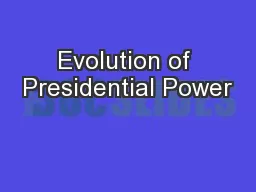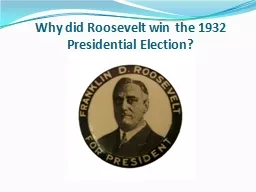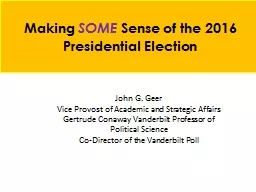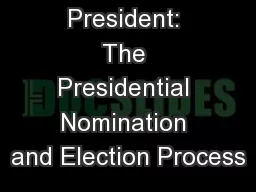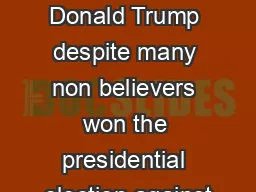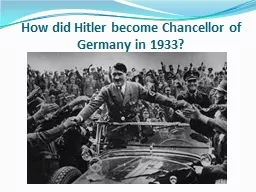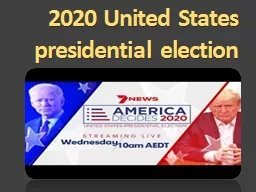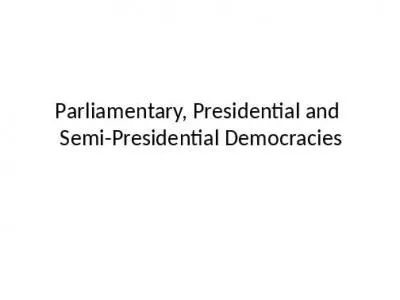PPT-The Presidential Election of 1932
Author : tatiana-dople | Published Date : 2016-08-05
Gevenny Fernandez Historical Context The Republicans controlled the White House In 1930 the Democrats took over the House of Representatives with a majority of
Presentation Embed Code
Download Presentation
Download Presentation The PPT/PDF document "The Presidential Election of 1932" is the property of its rightful owner. Permission is granted to download and print the materials on this website for personal, non-commercial use only, and to display it on your personal computer provided you do not modify the materials and that you retain all copyright notices contained in the materials. By downloading content from our website, you accept the terms of this agreement.
The Presidential Election of 1932: Transcript
Download Rules Of Document
"The Presidential Election of 1932"The content belongs to its owner. You may download and print it for personal use, without modification, and keep all copyright notices. By downloading, you agree to these terms.
Related Documents

